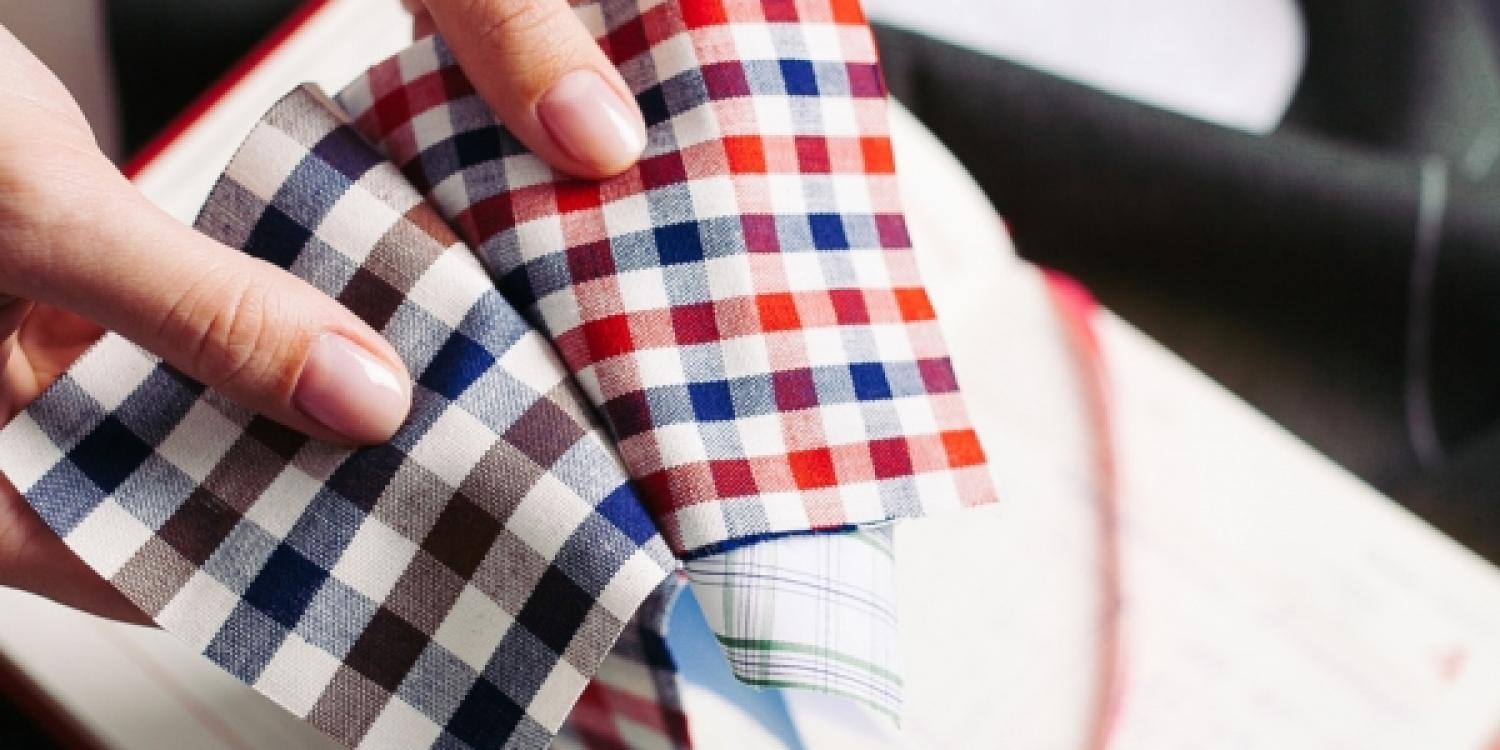Making use of leftovers - remanufacturing in the global fashion industry

Information
Pre-consumer textile waste in the cloth manufacturing sector is currently estimated at around 20 %. However, research suggests this figure could be much higher if all cutting scraps, production rejects (not meeting quality standards) and unsold items are taken into consideration.
Global brands, the buyers of garments, hold the power over manufacturing companies and are therefore able to control the waste produced in many areas of the supply chain. Remanufacturing provides an avenue to develop manufacturer-retailer transparency in pursuit of a more circular economy with economic gains and greater environmental protection.
Before being sent for recycling, or other sectors, remanufacturing leftover material from the production of garments can increase the value of such material up to four-fold and greatly reduce demand for new, virgin fabric. A high level of standardisation in the clothing produced can be maintained and 20 % of fabric leftovers diverted.
But how can this 'waste' be remanufactured or repurposed?
1. Invisible remanufacturing: Production leftovers are used 'invisibly' on the internal sections of a garment (e.g. pockets and cuffs), leaving the exterior of the garment completely standardised. This method can reduce the volume of virgin material required by approximately 3 %.
2. Visible remanufacturing: Using left-over fabrics for small details on the outside of a garment. This could be done in the same or a contrasting colour. The leftover fabric is visible but does not significantly affect the design of the garment. For example, using visible remanufacturing in the production of 10 000 hoodies, some 17 % less virgin fabric would be needed, saving 0.88 tonnes in waste material and 7 827 kg of CO2.
3. Design-led remanufacturing: Designing a garment with a specific waste stream in mind. This is similar to the concept of upcycling fashion design, except the garment does not have to be made out of 100 % leftovers.
Remanufacturing can be done without significant investment in technology. Often it only means adapting processes slightly, improving segregation and storage systems in factories, and creating fast and accurate communication and data exchange from factory to designer.